
Closeup of the crook and flail on King Tutankhamun's first inner coffin New Kingdom 18th Dynasty
Egyptian crook and flail (by: Jeff Dahl, CC BY-SA 4.0) Egyptian crook and flail (by: Jeff Dahl, CC BY-SA 4.0) The image of the pharaoh is that of a god. The gods were thought to have skin of gold, bones of silver, and hair of lapis lazuli—so the king is shown here in his divine form in the afterlife. He holds the crook and flail, symbols of.

Labdanum or ladanum of Cistus Incanus Creticu / Cistus Incanus Tea from Crete. Cretan Crook
The crook & flail are the most famous symbols originating from ancient Egypt. They are a symbol of the king's power as well as majesty. What Is An Egyptian Crook? The shepherd used the tool crook or heka to keep the sheep from danger. It is a long staff that has a hooked end.

Osiris's Crook and Flail Current price 900
Ancient Egypt Crook and Flail was a sign for the kings , princes and nobles and the evidence of His Highness, the prestige , honor and power.The crook or hek.
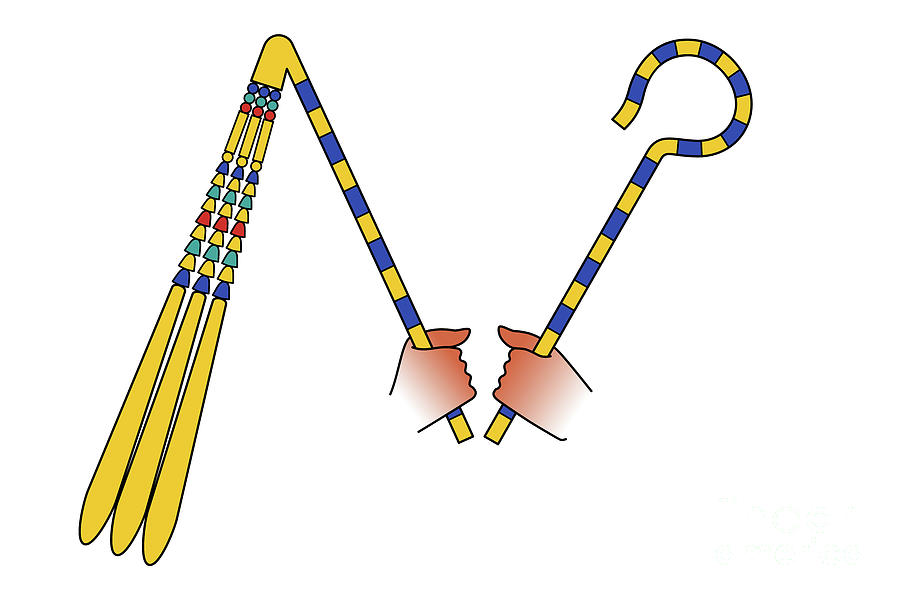
Crook and flail symbols, authority insignia of pharaohs in ancient Egypt Digital Art by Peter
The crook and flail were royal symbols used in ancient Egyptian society to represent Osiris and the pharaoh's authority. These two symbols represented the important role of the pharaoh. The crook was known as the heka and originated from the staff shepherds used to protect their sheep. The shepherd's role was to care for the people by.

Crossed Crook And Flail Of Ancient Egypt Pharaohs Digital Art by Peter Hermes Furian
5. Crook And Flail. Left: The crook and flail on the coffinite of Tutankhamun; Right: Pharaoh Akhenaten with crook and flail. As the symbols of divine authority and kingship, the Crook and Flail were carried by Egyptian Pharaohs in important state ceremonies like coronations of the pharaohs.
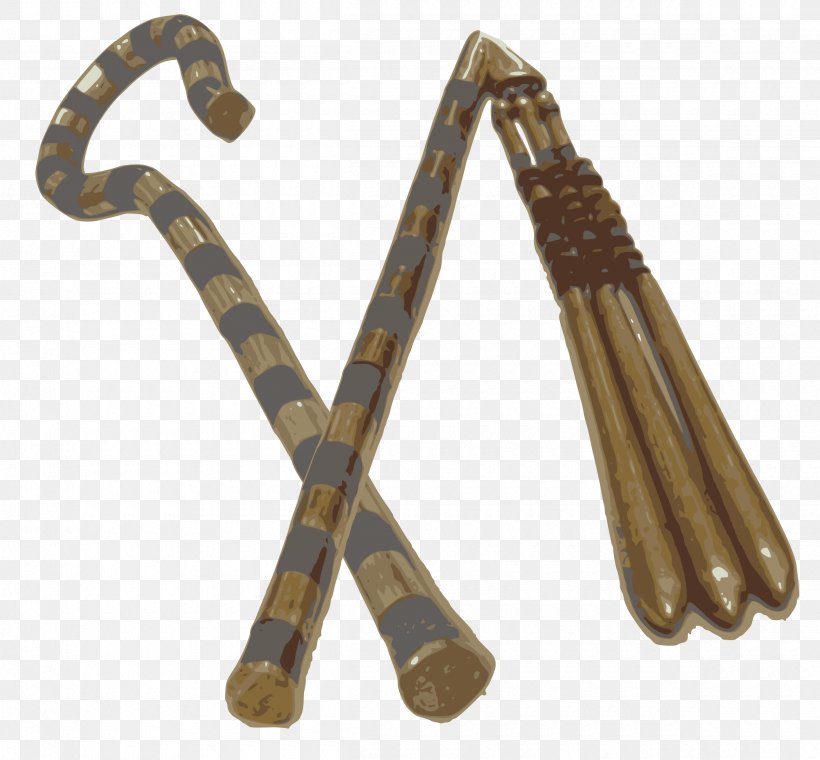
Crook And Flail Clip Art Ancient Egypt Pharaoh, PNG, 2400x2226px, Crook And Flail, Ancient Egypt
The crook and the flail are objects closely associated with a ruler's power in Ancient Egyptian times. Seen together in the possession of the king, the two items symbolise power and responsibility.
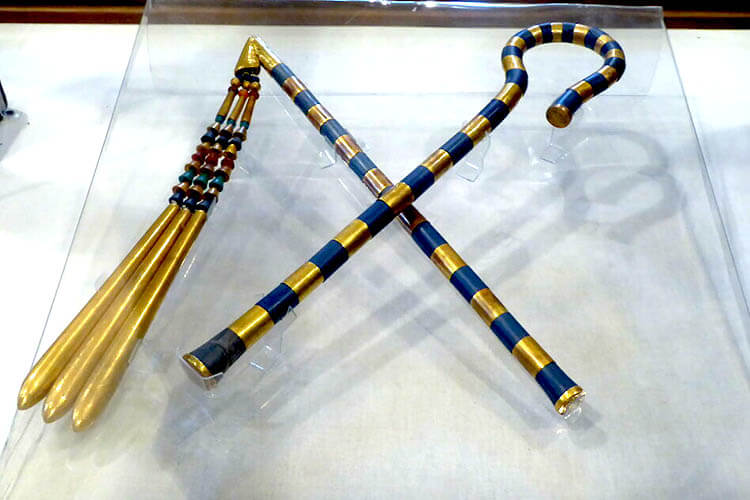
26 Important ancient Egyptian symbols and its meanings
The crook and flail ( heka and nekhakha) were symbols used in ancient Egyptian society. They were originally the attributes of the deity Osiris that became insignia of pharaonic authority. [1] The shepherd's crook stood for kingship and the flail for the fertility of the land. [1]
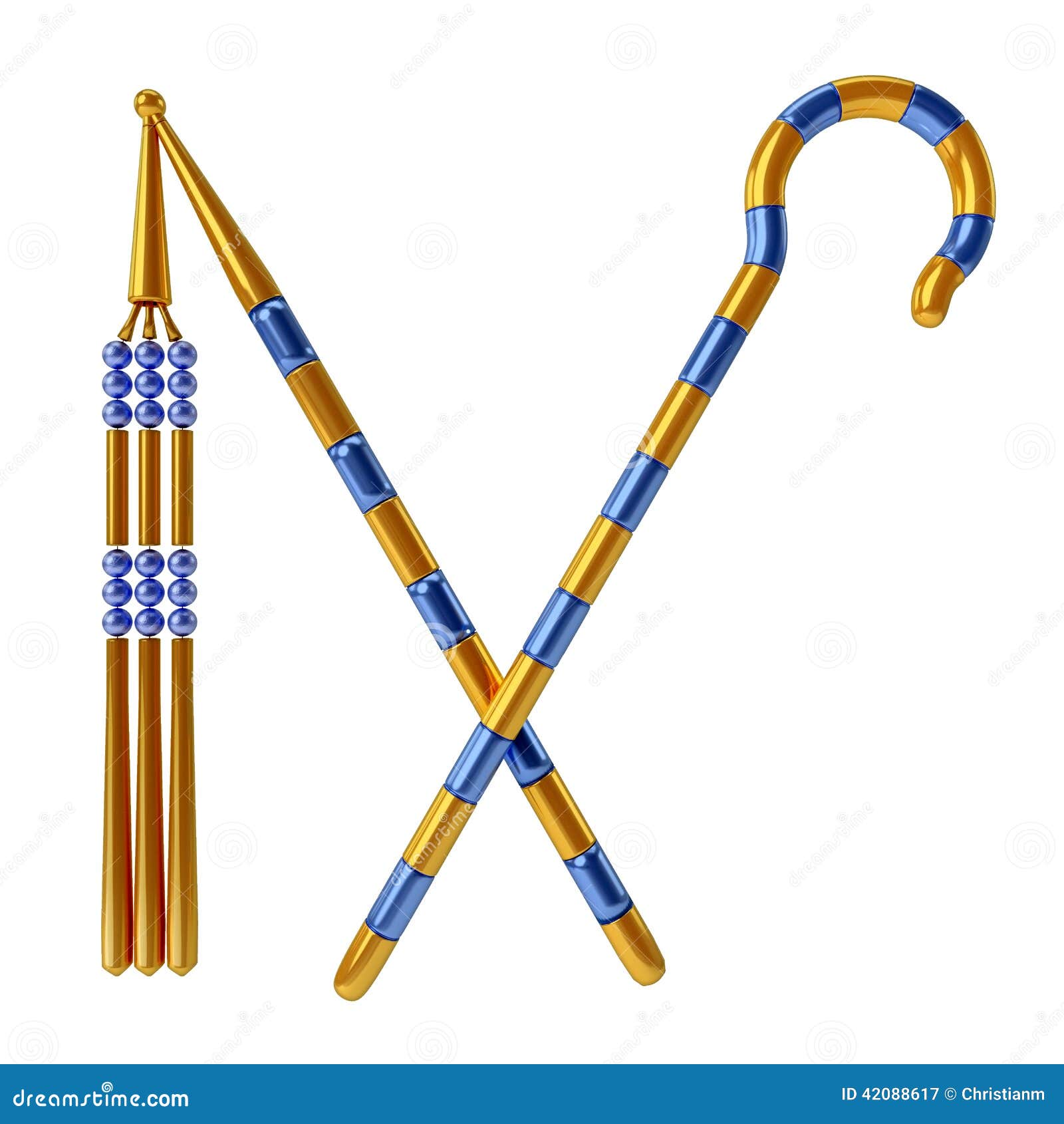
Egyptian God Ra Symbol Foto Bugil Bokep 2017
From all the many symbols and motifs that have survived since Ancient Egyptian times, the crook and flail are one of the most popular. Symbolic of the power and authority of the ruler, the crook and flail can often be seen held by pharaohs crossed across their chests.
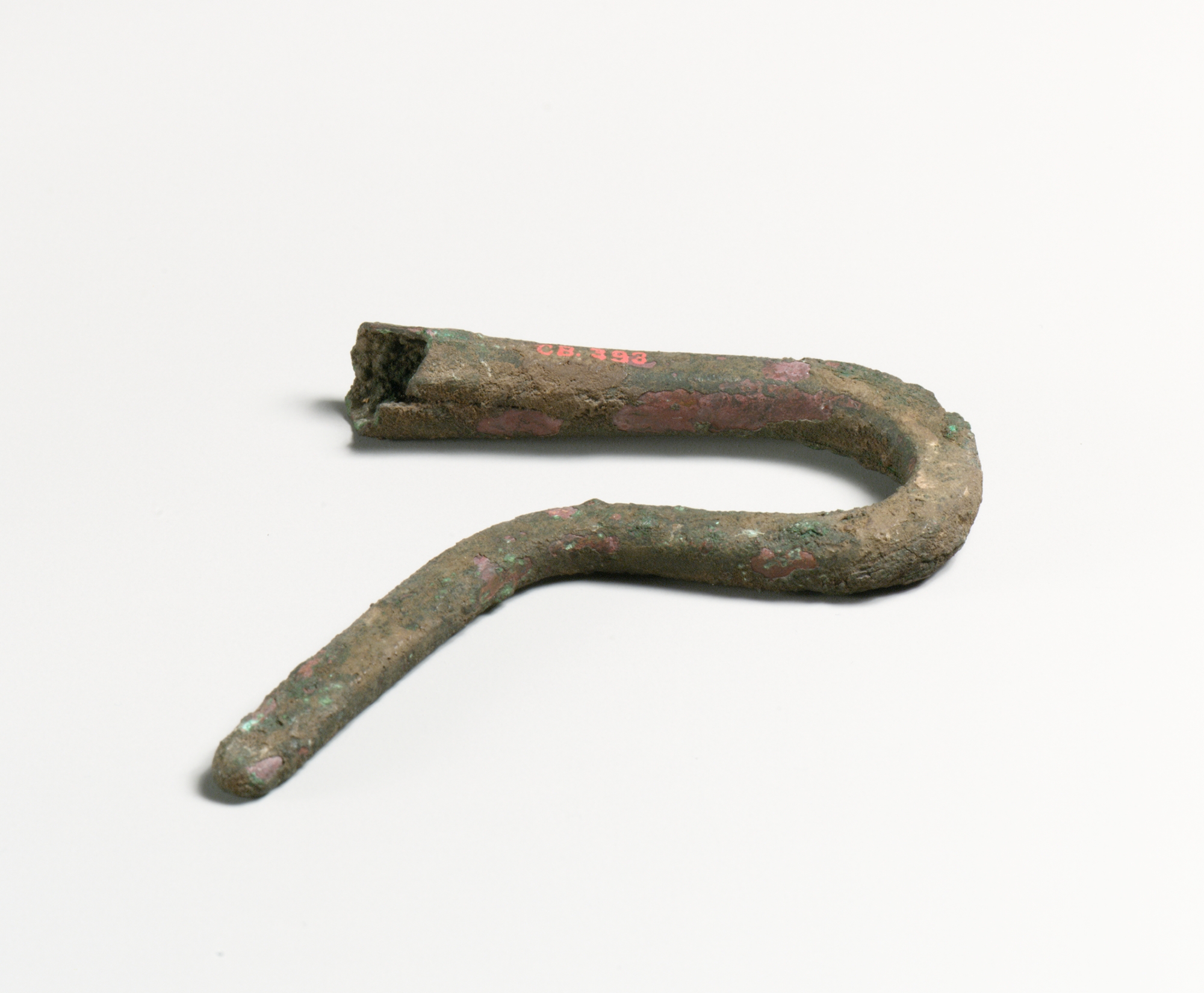
Shepherd's crook Cypriot The Metropolitan Museum of Art
The Symbolism of the Crook and Flail in Ancient Egypt Among the symbols and motifs that have endured from Ancient Egypt, the crook and flail stand as some of the most enduring. Symbols of a ruler's power and authority, the crook and flail are frequently depicted crossed on the chests of pharaohs.
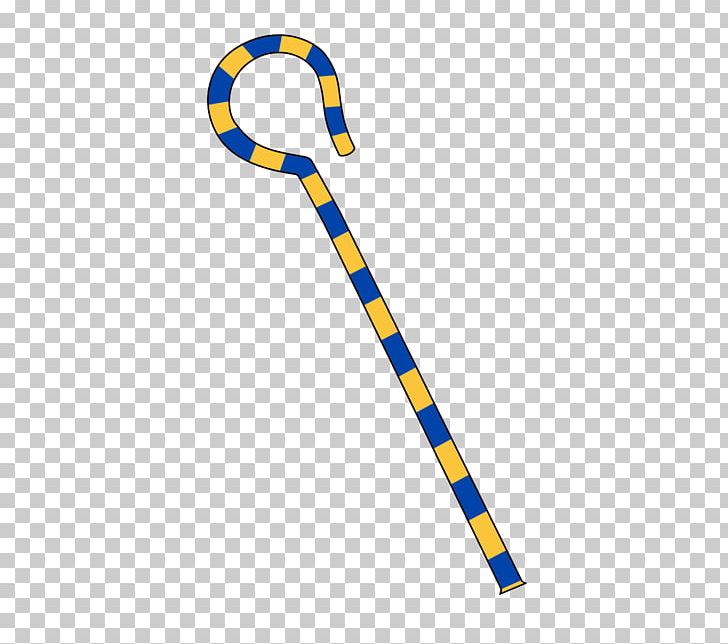
Art Of Ancient Egypt Crook And Flail Pharaoh PNG, Clipart, Art Of Ancient Egypt, Crook And Flail
The crook and flail (heka and nekhakha) were symbols used in ancient Egyptian society. They were originally the attributes of the deity Osiris that became insignia of pharaonic authority. The shepherd's crook stood for kingship and the flail for the fertility of the land.. The earliest known example of a crook is from the Gerzeh culture (Naqada II), and comes from tomb U547 in Abydos [citation.

Egyptian Crosier (Crook)
Osiris was often seen carrying a crook and flail. The crook, a symbol of Egyptian kings, was derived from the tools used by shepherds tending to their sheep. The flail, meanwhile, has been interpreted as a whip or goad indicative of the king's martial power; others believe that it represented a threshing tool indicative of agricultural success.

Ancient Egyptian Crook & Flail Stock Illustration Illustration of flail, ancient 118903755
The crook and flail are a pair of symbols that represented the power and majesty of the pharaoh (king) in Ancient Egypt. These two symbols feature prominently in illustrations, sculptures,.

20+ Crook And Flail Of Ancient Egypt Pharaohs Stock Photos, Pictures & RoyaltyFree Images iStock
The ankh is a cross with a looped top which, besides the concept of life, also symbolized eternal life, the morning sun, the male and female principles, the heavens and the earth. Its form embodied these concepts in its key-like shape; in carrying the ankh, one was holding the key to the secrets of existence.
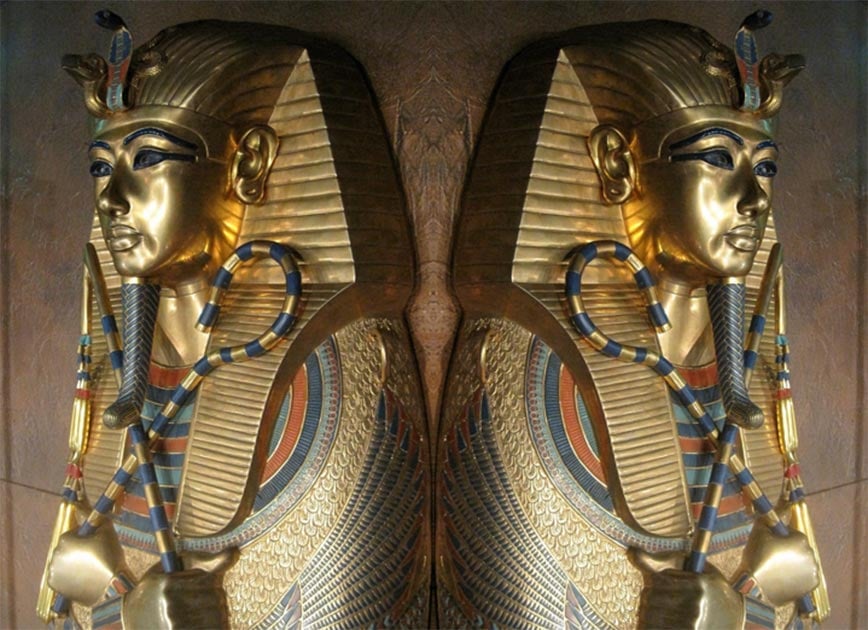
Why Did the Humble Crook and Flail Symbolism Appeal to the Pharaohs? Ancient Origins
The sceptre or staff is one of the most ancient symbols of authority. The words "nobleman" and "official" both included the hieroglyph of a staff, so at an early stage the staff seems to have represented the authority of any person with significant power, not just the pharaoh.

Flail and crook, symbols of kingship Tutankhamen Kids Discover Ancient egypt pharaohs
Osiris ( / oʊˈsaɪrɪs /, from Egyptian wsjr) [a] is the god of fertility, agriculture, the afterlife, the dead, resurrection, life, and vegetation in ancient Egyptian religion.

Ancient Egypt Crook and flail Old Kingdom of Egypt Shepherd\'s crook, pharaoh transparent
The crook (heka) and the flail or flabellum (nekhakha), are two of the most prominent items in the royal regalia of ancient Egypt. Actual, very fine examples of both survive from ancient Egypt, as do statues and various wall reliefs, paintings and papyrus with representations of these objects.